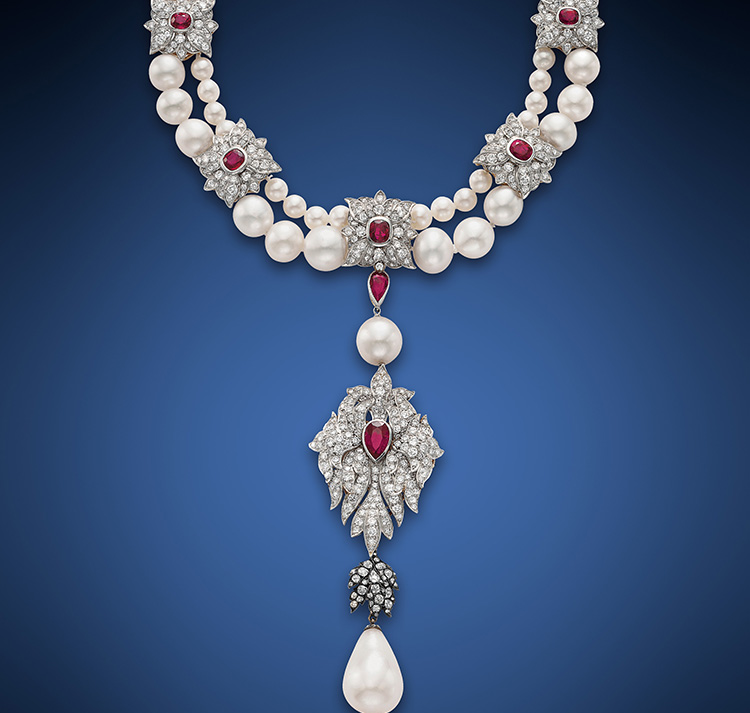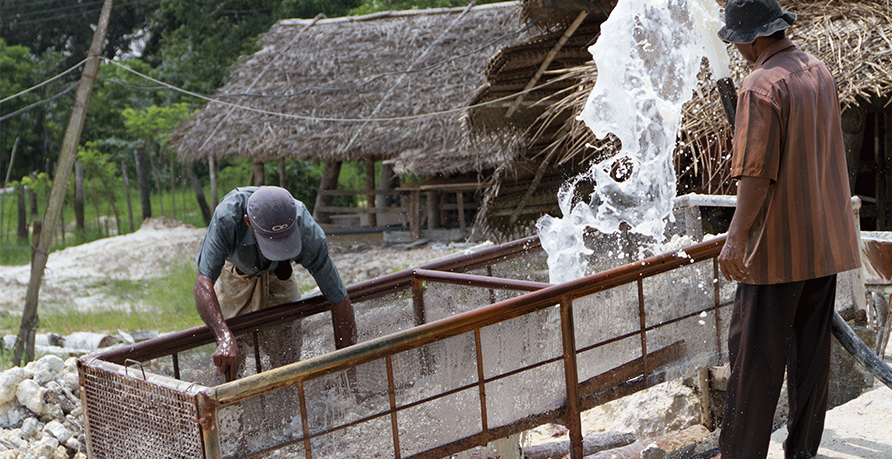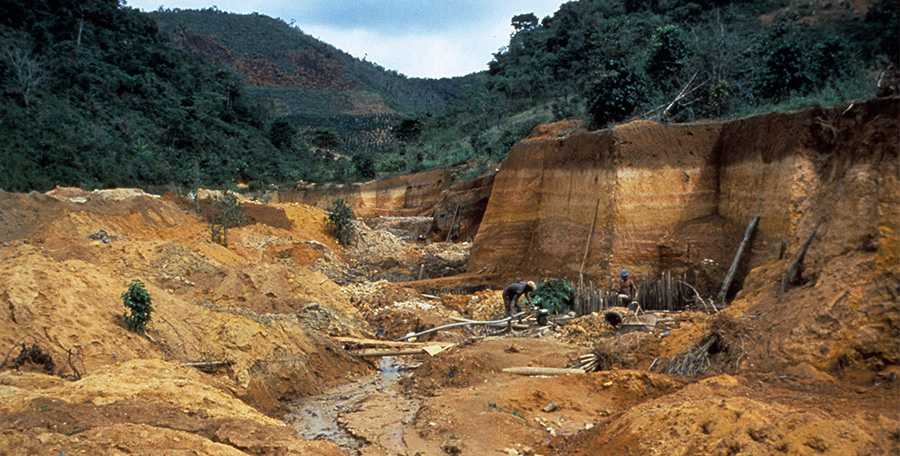June Birthstone
Pearl, Alexandrite & Moon stone

You are fortunate to have three birthstones to call your own if you were born in the month of June. Only three months—June, August, and December—have three birthstones each, providing you a wide selection of lovely birthstones to choose from.
Moonstone, alexandrite, and pearl are the birthstones for June. Due to the variety of colours and price ranges these gems offer, people with June birthdays can find a birthstone that suits their mood or budget.
Pearl Birthstone Meaning & History
The beautiful June birthstone comes from lakes, rivers, and oceans all across the world. It is a classic wardrobe essential that ladies of all ages like. Our ancestors were enthralled with the pearl’s origin. Middle Eastern ancestors once thought that pearls were the tears of heaven that had fallen to earth. The birthstone for June was believed by the Chinese to have originated in a dragon’s brain. Contemporaries of Christopher Columbus believed that mollusks created pearls from dew drops.
Pearls are natural gemstones that develop inside the tissue of a living mollusk (either an oyster or a mussel) in freshwater or saltwater. Nacre, a material secreted by the mollusc surrounding an irritant like a piece of sand or a parasite that has infected its shell, is how natural pearls are created.
Human interaction produced cultured pearls. A technician inserts a portion of mantle tissue into a host snail, either by itself (common for freshwater cultured pearls) or in combination with a mother-of-pearl shell bead (all saltwater). Like a real pearl, the mollusk coats the irritant with nacre. The mollusks are cleaned, shielded from predators, and eventually harvested in pearl farms, which can be located in freshwater or saltwater. The natural pearl beds have been devastated by thousands of years of pearl fishing, hence the vast majority of pearl sales now are of cultured pearls. A bewildering variety of sizes, hues, and forms are available in these cultured pearl birthstones.
Pearls have traditionally been linked to innocence, chastity, and purity. Therefore, it can be argued that the birthstone for June has the meaning “sweet simplicity.” As a result, pearls were frequently presented as bridal presents.
The pearl birthstone was also believed to have advantageous qualities. The Atharvaveda, a prehistoric Sanskrit scripture, said that pearls may grant riches and long life. In Asia, dyspepsia and haemorrhages were thought to be treated by pearls. Some Arab doctors in the 19th century claimed that pearl powder relieved sadness, calmed nervous tremors, and enhanced vision
The 50.56 carat (ct) La Peregrina is one of the most well-known natural pearls. The drop-shaped pearl, which is about the size of a pigeon’s egg, was found in the Gulf of Panama in the 1500s. The aristocracy of Europe treasured it as a prized possession. Elizabeth Taylor eventually received it as a present from Richard Burton in 1969; the Cartier necklace including La Peregrina was sold at auction for $11.8 million in 2011 by Christie’s New York.

Pearl Source
Don’t you think it sounds like the perfect beach getaway? Warm waves, blue skies, and picturesque surroundings. Additionally, it’s a good indicator of where you may typically find these pearl birthstones. Since mollusks that produce pearls cannot survive in contaminated waters, pearl farms are typically found in remote areas, frequently amid stunning landscapes.
Cultured pearls made in saltwater are produced all over the world. The majority of akoya cultured pearl farms are located in China and Japan, particularly along the southern shores of the provinces of Guangdong and Guangxi. From the northern coast of Australia, via Indonesia, to the southern coast of Southeast Asia, vast operations are engaged in the farming of South Sea cultured pearls.
Rich black Tahitian pearls are farmed in two different locations: the Gambier Islands and the Tuamotu Archipelago, both of which are a part of French Polynesia. The main supplier of freshwater farmed pearls is China.
While divers have been recovering the June birthstone from the Red Sea since 300 BCE, natural pearls have been discovered in the Arabian Gulf (Persian Gulf) for at least 5,000 years. Since 2000 BCE, the Strait of Mannar has been a source of pearls. Large numbers of pearls were found in the oceans off of Mexico, Central America, and what is now Venezuela beginning in the 16th century, when Spain was still a colonial power. Today, none of these locations contain more than a few pearls.


Pearl Care & Cleaning
Pearls are a relatively soft gem and need specific handling because they range in hardness from 2.5 to 3.0 on the Mohs Scale. To avoid scratching, store them apart from metal and gemstone jewellery. Never place your pearl birthstones in a plastic bag for storage because plastic can release chemicals that can harm the surface of the stone. Always use cosmetics, hair products, and perfume before donning pearl jewellery. Use a soft, wet towel to clean your June birthstone, ideally after each time the pearls are worn.

Moonstone Birthstone Meaning & History
The most well-known gem of the feldspar family is moonstone. It is well-known for its adularescence, which is the distinctive shine that appears to spread across a gemstone. The best moonstones have a blue lustre that stands out against a white background. The lunar gods of the Roman and Greek cultures have both been linked to the birthstone for June. According to Hindu mythology, it is composed of frozen moonbeams. Moonstone is frequently linked to lust, desire, and fertility and is said to be lucky.
Moonstone was a popular gemstone used in fine jewellery throughout the Art Nouveau era (1890s–1910) by great designers like Louis Comfort Tiffany and René Lalique. The “flower child” movement of the 1960s and New Age jewellery designers brought the moonstone birthstone back into fashion.

Moonstone Source
Moonstone can be located in many different locations. This covers regions of the US such New Mexico, North Carolina, and Virginia. India and Sri Lanka are the two most significant birthstone-producing countries in the world, although other sources include Brazil, Madagascar, Myanmar, Tanzania, India, and Sri Lanka.


Moonstone Care & Cleaning
On the Mohs scale of hardness, moonstone rates a 6-6.5 and has little toughness. When subjected to intense heat, it could crack. Therefore, you shouldn’t clean your moonstone using an ultrasonic or steam cleaner. Cleansing is best done with warm, soapy water and a soft brush.

Alexandrite Birthstone Meaning & History
The uncommon chrysoberyl variation known as alexandrite changes colour depending on the lighting. The most valuable alexandrite birthstones exhibit deep red to purple red under incandescent light and a brilliant green to bluish green under daylight or fluorescent light. In the Ural Mountains of Russia, significant amounts of alexandrite were first found in 1830. The young Alexander II (1818–1881), who was the heir apparent to the throne, inspired the gem’s name. Alexandrite attracted the nation’s attention because its red and green hues matched those of imperial Russia’s national military uniform.
In this June birthstone, chatoyancy, or the cat’s-eye effect, can also occur when specific kinds of long, thin inclusions are positioned parallel to one another. Few gemstones are as intriguing or as stunning – as cat’s-eye alexandrite.

Alexandrite Source
After the magnificent Ural Mountain deposits were exhausted via mining, Brazil, Sri Lanka, and East Africa currently supply the majority of the world’s alexandrite. Some fine-quality stones can be found in the more recent dumps, although many of them have muddier colours and less exact colour changes than the Russian alexandrites from the 19th century. The price of fine-quality alexandrite makes it one of the more expensive coloured gems due to its rarity, particularly in bigger sizes.

Alexandrite Care & Cleaning
The Mohs scale rates this birthstone for June as being 8.5 out of 10. It is extremely durable and lacks cleavage, which can fracture under pressure. This makes it a suitable option for rings and other mountings that are worn frequently. An alexandrite engagement ring would be a special present for a June baby bride. While cleaning your June birthstone with warm, soapy water is ideal, ultrasonic and steam cleaners are typically as safe.

